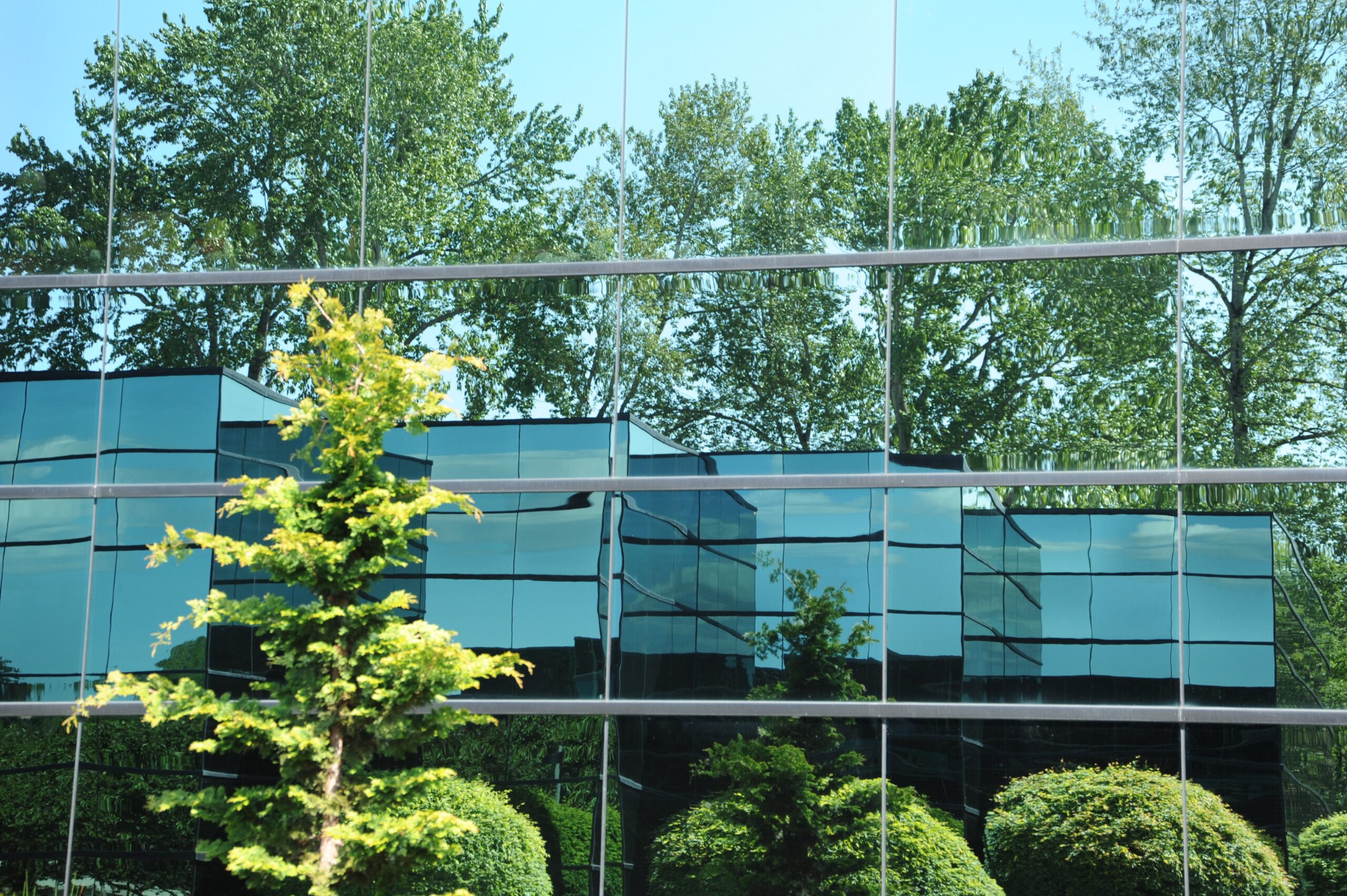
Blog
Building Decarbonization and Federal Funding
February 15, 2024
This blog provides a summary of a briefing held by NCEL on August 2, 2023 on Building Decarbonization and Federal Funding. The event featured Heather Clark, Director for Building Emissions at the White House Climate Policy Office, and Colorado State Rep. Mike Weissman.
Overview
Decarbonized buildings incorporate energy efficiency upgrades, electrification, and design elements which can drastically lower U.S. energy demand while providing benefits such as cost savings, carbon pollution reduction, and improved indoor air quality. Commercial and residential buildings account for ~13% of U.S. emissions, largely due to burning gas, diesel, or heating oil. States that are proactive about building codes and standards can reduce emissions while creating jobs in retrofitting and weatherization. Federal funding has bolstered the ability for states to accelerate the decarbonization of buildings by providing essential financial resources and supporting state-level implementation.
During the 2023 legislative session, at least 27 states introduced 157 building decarbonization bills. A total of 16 bills were enacted across 10 states. Below are various policy options that were presented during the briefing for states as they consider methods of building decarbonization.
State Policy Options for Building Decarbonization
There are a variety of policies that can help states make progress on building decarbonization through leveraging federal resources.
Zero Energy Codes for New Construction
Commitment to zero energy codes for new construction is crucial for decarbonizing buildings. These codes ensure that all new buildings are highly energy-efficient and contribute significantly less to carbon emissions. There are a variety of federal resources to support the implementation of zero energy codes including $90M in the Bipartisan Infrastructure Law (BIL) for community code implementation and $1B Inflation Reduction Act (IRA) for building codes.
- State Action: New York has already begun to make progress on zero energy codes by adopting A.3006, which includes a statewide ban on fossil fuels in new buildings.
Also, with funding from the IRA, there is the opportunity for states to adopt the 2021 International Energy Conservation Code (IECC). With the adoption of this energy code, states can save money for residents and businesses and improve community health and resilience.
National Building Performance Standards Coalition
States are also able to join the National Building Performance Standards (BPS) Coalition. They are a nationwide group of state and local governments that have committed to inclusively design and implement building performance policies and programs in their jurisdictions. This program includes resources from federal agencies, labor, and non-governmental organizations to support location-based workforce engagement, technical analysis, equity strategies, localized policy design, and stakeholder engagement.
- State Action: Currently, four states have joined the coalition: California, Colorado, Maryland, and Washington. Massachusetts (H.5060) and Maryland (S.B. 0528) have also passed legislation to adopt building performance standards that will lead to net-zero buildings
Utility Benchmarking
The Environmental Protection Agency (EPA) has developed a Benchmarking and Building Performance Standards Policy Toolkit to help states adopt policies focused on reducing energy use and greenhouse gas emissions from existing commercial and multifamily buildings. The EPA is also is working directly with states to help assist them in requiring utilities and Public Utilities Commissions (PUCs)/Public Service Commissions (PSCs) to adopt utility benchmarking.
- State Action: Colorado legislation, HB21-1286, shows how states can utilize utility benchmarking as a decarbonization strategy. The bill requires electric or gas utilities to create aggregated monthly energy consumption data for building owners to facilitate comparative analysis and efficiency assessments.
U.S. Department of Energy (DOE) Better Climate Challenge: Leading-By-Example for State-Owned Buildings
Another opportunity for states is to join the DOE’s Better Climate Challenge. Through the Better Climate Challenges, DOE will provide technical assistance and opportunities on best practices to partners to reduce GHG emissions by at least 50% within 10 years. DOE is actively recruiting states to participate with the state of Maryland leading the way.
Zero Emissions Space and Water Heating Equipment and Clean Heat Standards
States are able to continue energy efficiency work by updating heating equipment and adopting clean heat standards. There are a variety of federal opportunities to assist in this work from the $8.8 billion available through the home energy rebates program, $4.5 billion in the IRA to update water heating equipment, and $837.5M available through HUD’s Green and Resilient Retrofit Program.
- State Action: Recent legislation in Vermont (S.5) and Colorado (HB23-1161 and SB 21-264) demonstrates a commitment to energy efficiency and clean heating. Vermont’s S.5 establishes performance standards to reduce climate pollution and increase access to cleaner heat options, while Colorado’s bills mandate reduced emissions from gas furnaces and water heaters, phase out mercury-containing bulbs, and set stringent energy-saving standards.
Affordable Housing – Passive House
A final opportunity for states is to build all affordable housing using passive house technologies. Passive House standards typically reduce the energy needed for heating and cooling by up to 90% and the overall reduction in energy use by 75% compared to other buildings. Through the federal 45L Energy Efficiency Home Credit, there is $4.3 billion available to support the construction of passive housing. State Action: Currently, both Maine and Massachusetts are providing passive housing certification, leading to some of the most energy-efficient buildings in the world.